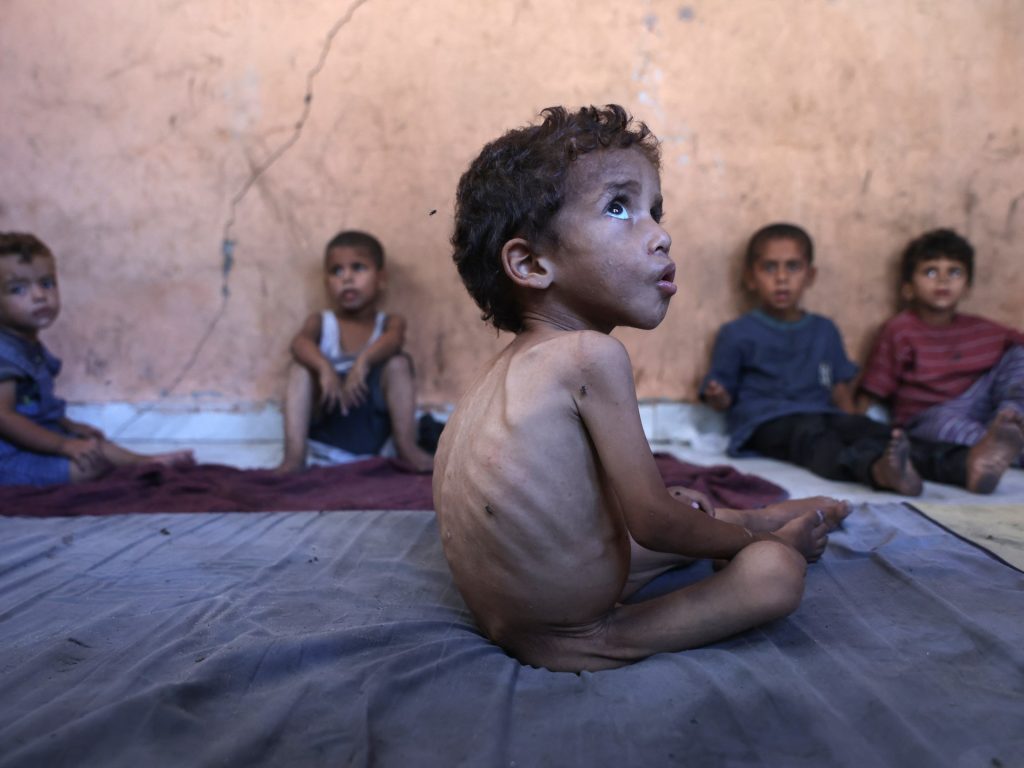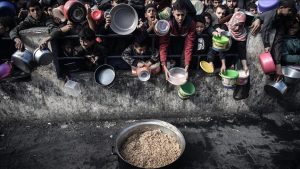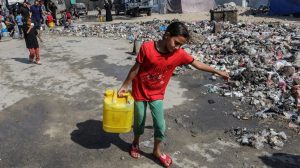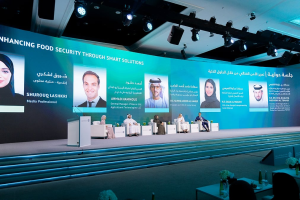Gaza at its Breaking Point, conducted by War, Famine and the Struggle for Survival brings

Hunger in Gaza City has now become as deadly as the bombs falling from above, as against where families usually gathered on rooftops to share bread under the night sky. On Saturday, at least 63 Palestinians were killed as Israeli forces pushed tanks deeper into the Sabra neighborhood, shelling areas where displaced families had taken shelter. The assault came just a day after the United Nations declared an official famine in Gaza. The first of such declaration in the Middle East’s history.

The images from Sabra and Zeitoun, neighborhoods battered by relentless bombardment, show armored vehicles advancing through rubble-strewn streets. A hospital in Gaza confirmed that among the day’s victims was a child, one of hundreds lost in a conflict that has turned kitchens into graveyards and hospitals into morgues.
In Khan Younis, Israeli artillery struck tents housing displaced families in the Asdaa area, killing 16, including six children. Elsewhere, desperation turned fatal, as 22 people were killed in separate incidents while trying to obtain humanitarian aid. Two civilians were reportedly shot near Israeli-controlled aid distribution points, underscoring the deadly risks of seeking food in a war zone.
Gaza’s Health Ministry reported that eight more people, including two children, died from malnutrition in the past 24 hours. Bringing famine-related death toll to 281 since the war began, because starvation is now the new weapon. 114 of these victims are children. Gaza’s health chief, Munir al-Bursh cried-out that famine is silently ravaging the bodies of civilians, depriving children of their right to life, turning tents and hospitals into daily scenes of tragedy.
For families, the war is no longer just about surviving bombardments, it is about enduring the slow violence of hunger. Parents are forced to decide which child eats and which child goes without. In a culture where sharing food is central to family and community life, the absence of bread and clean water has hollowed out both the body and the spirit.

UN declaration and political fallout: the official declaration of famine by United Nations, was both historic and damning. Secretary-General António Guterres called it a “man-made disaster,” accusing Israel of systematically obstructing aid deliveries. The Integrated Food Security Phase Classification (IPC), a global hunger monitor, estimated that over 514,000 Palestinians are already experiencing famine, with projections of 641,000 by September if conditions do not change.
The Palestinian Health Ministry welcomed the declaration but criticized its delay, calling starvation an “engineered aspect of genocide” alongside mass killings and the decimation of Gaza’s health sector. The accusation highlights how famine has become not just a humanitarian crisis but a political weapon in a war where every loaf of bread, every bag of flour, carries the weight of survival.
Since May 27, Israel has enforced its unilateral aid delivery system, the so-called Gaza Humanitarian Framework (GHF), backed by Washington. The UN and major relief organizations have rejected the scheme, arguing that it undermines humanitarian neutrality and restricts access. Gaza’s Health Ministry reports that more than 2,076 Palestinians have been killed and over 15,300 wounded while seeking aid under the GHF framework, turning distribution points into new frontlines of suffering.
Overall, Israel’s war has killed more than 62,600 Palestinians since the Hamas-led October 2023 attack on southern Israel that sparked the conflict. The violence has not only leveled cities but fractured families, scattered communities, and shredded the cultural rhythms of Gaza. Weddings have been replaced with funerals; schools with rubble; the call to prayer now often echoes over bombed-out neighborhoods where the faithful gather in grief rather than worship.

For the international community, the war in Gaza is increasingly framed as both a security crisis and a humanitarian catastrophe. For Gazan families, however, the politics of aid and the rhetoric of war mean little in the face of daily hunger. Their world is measured not in ceasefire resolutions or UN declarations, but in whether they can find food for their children, whether their homes will stand another night, whether their loved ones will still be alive by dawn.
The unfolding famine, layered atop nearly two years of war, has transformed Gaza into a place where survival is an act of resistance. Families share whatever scraps remain, mothers shield children from both bombs and hunger pains, and entire communities cling to rituals of endurance—reciting prayers, preserving memories, and holding onto hope that life beyond war and famine is still possible.
What happens in Gaza now will test not only the resilience of its people but also the world’s willingness to respond to one of the gravest humanitarian crises of the 21st century.








